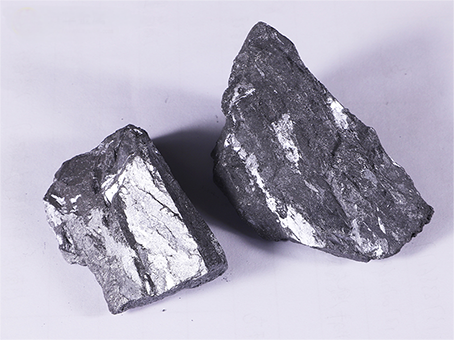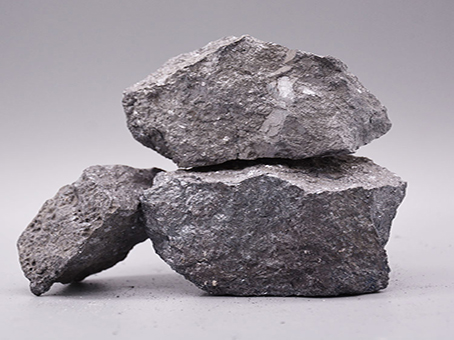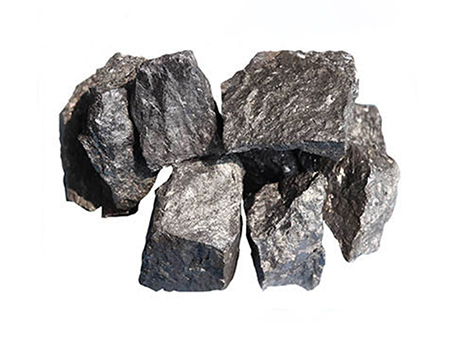Silicon Calcium
◐Silicon calcium alloy (CaSi) is an alloy produced from silica, limestone, and coke in a strong reducing atmosphere at high temperatures between 1500 and 1800 Degrees Celsius. Its main components are silicon and calcium, along with varying amounts of impurities such as iron, aluminum, carbon, sulfur, and phosphorus.
Product Details
1.Introduction
Silicon calcium (CaSi) is an alloy produced from silica, lime, and coke in a strong reducing atmosphere at temperatures between 1500-1800 degrees Celsius. Its main components are silicon and calcium, along with varying amounts of impurities such as iron, aluminum, carbon, sulfur, and phosphorus. In the steel industry, it is used as a calcium additive, deoxidizer, desulfurizer, and modifier for non-metallic inclusions. In the cast iron industry, it serves as an inoculant and modifier.
2.Applications
Due to calcium’s strong affinity for oxygen, sulfur, hydrogen, nitrogen, and carbon in molten steel, silicon calcium alloy is primarily used for deoxidation, degassing, and sulfur fixation in steel.
When silicon calcium is added to molten steel, it generates significant exothermic reactions. Calcium vaporizes in the molten steel, stirring the steel and promoting the rise of non-metallic inclusions. After deoxidation, silicon calcium produces larger, easily floatable non-metallic inclusions. The shape and properties of these non-metallic inclusions also change. Therefore, silicon calcium alloy is used to produce clean steel, low-oxygen, low-sulfur high-quality steel, and ultra-low oxygen, low-sulfur specialty performance steel.
Adding silicon calcium alloy can eliminate the formation of slag at the tundish nozzle when aluminum is used as the final deoxidizer and prevent blockages at the tundish and iron-making intermediate ladle. In the secondary refining of steel, silicon calcium powder or wire is used for deoxidation and desulfurization, reducing the oxygen and sulfur content in steel to very low levels. It can also control the morphology of sulfides in steel and improve the utilization of calcium.
In cast iron production, in addition to deoxidizing and purifying, silicon calcium also acts as an inoculant, helping to form fine or spheroidal graphite. It promotes the uniform distribution of graphite in gray cast iron, reduces the tendency for white iron, and can increase silicon content and desulfurize, thereby improving the quality of cast iron.
3.Specifications
Grade | Content(%) | |||||
Ca | Si | C | Al | P | S | |
≥ | ≤ | |||||
Ca28Si50 | 1 | 50 | 1 | 2.4 | 0.04 | 0.05 |
Ca30Si50 | 1 | 50 | 1 | 2.4 | 0.04 | 0.05 |
Ca28Si55 | 1 | 55 | 1 | 2.4 | 0.04 | 0.05 |
Ca30Si55 | 1 | 55 | 1 | 2.4 | 0.04 | 0.05 |
Ca30Si60 | 1 | 30 | 1 | 2.4 | 0.04 | 0.05 |





